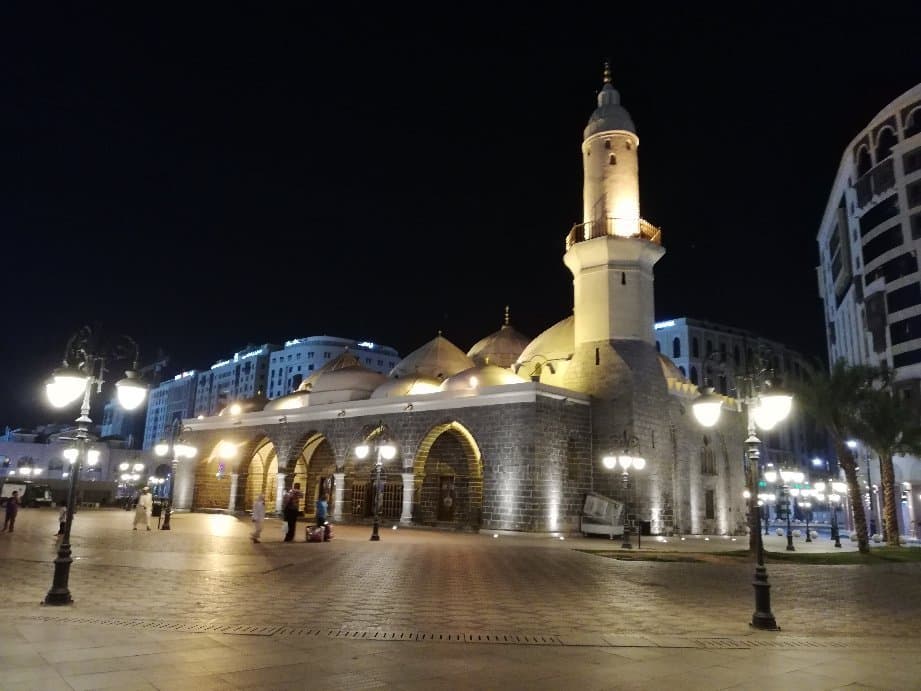
Masjid Al-Ghamama
A historic mosque in Medina, believed to be where Prophet Muhammad (PBUH) prayed for rain, marked by the appearance of clouds.
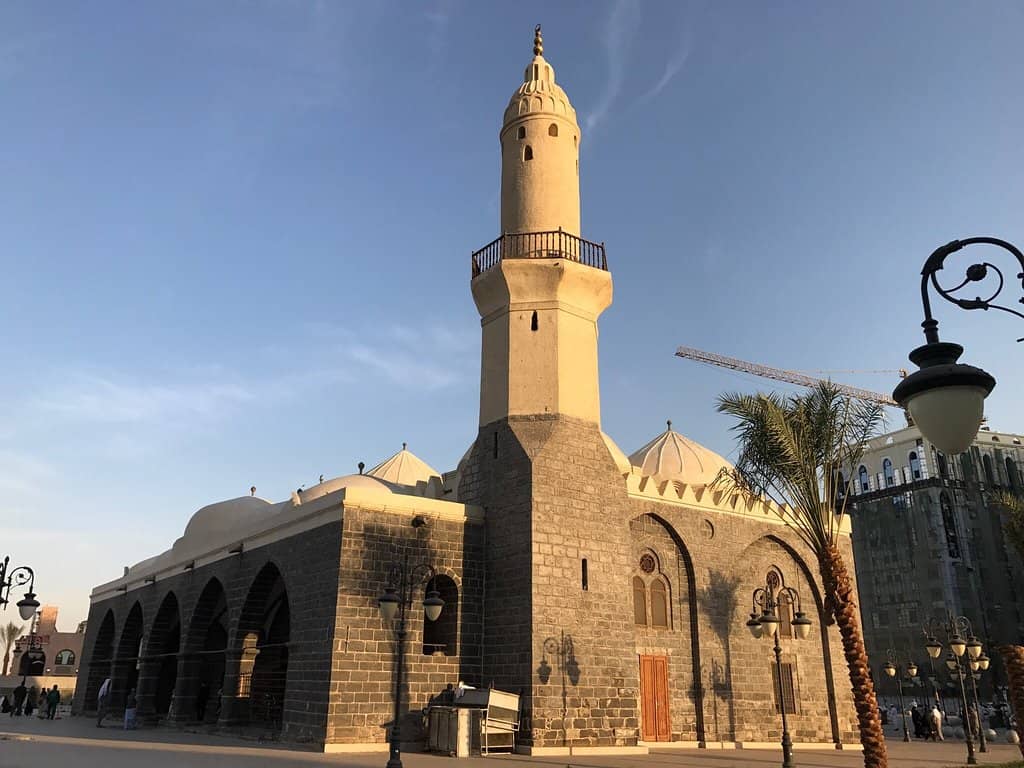
Highlights
Must-see attractions
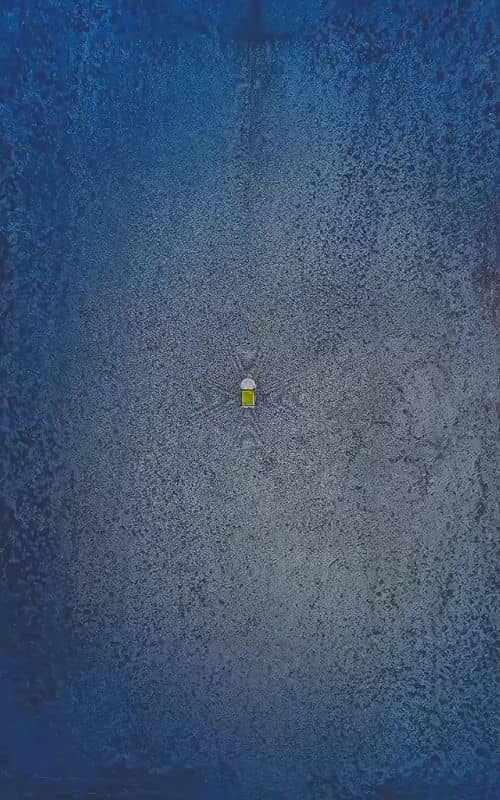
Social
From TikTok & Reddit
Best Time
Serene light, fewer crowds

Masjid Al-Ghamama
Best Time
Serene light, fewer crowds

Highlights
Must-see attractions
A historic mosque in Medina, believed to be where Prophet Muhammad (PBUH) prayed for rain, marked by the appearance of clouds.
"A beautiful mosque and a hospital reminder of where our Prophet used to pray his Eid prayer."

🎯 Visit After Sunrise
The mosque is charming after sunrise as sun rays reflect beautifully. :sunriseovermountains:
🐦 Feed the Pigeons
Bring bird seed to feed the many pigeons in the plaza; kids love it! :bird:
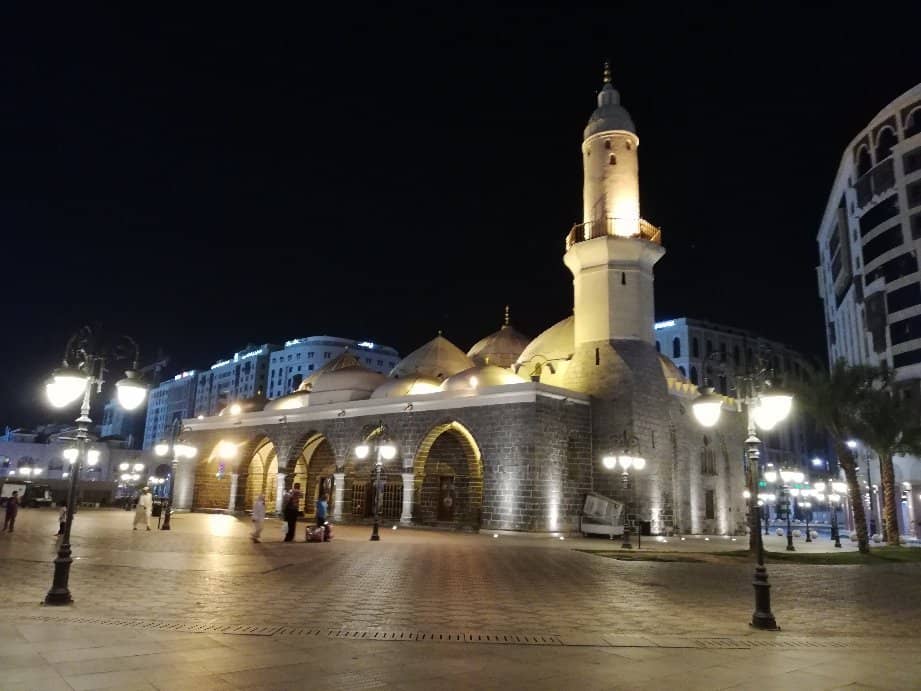
Highlights
Discover the most iconic attractions and experiences
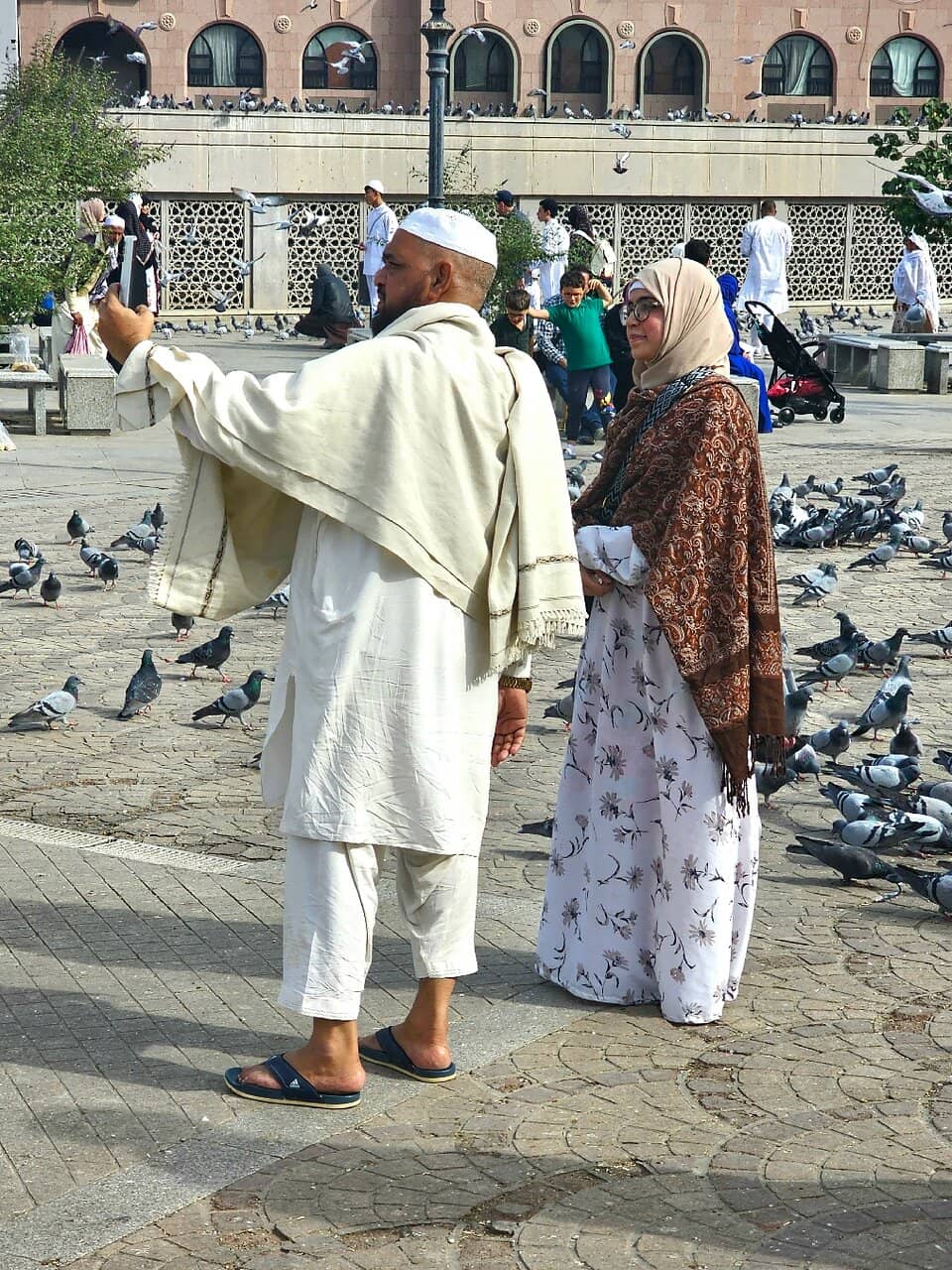
The Prayer Site
Main prayer area
Stand where Prophet Muhammad (PBUH) led the Eid prayer and prayed for rain, a deeply spiritual experience.
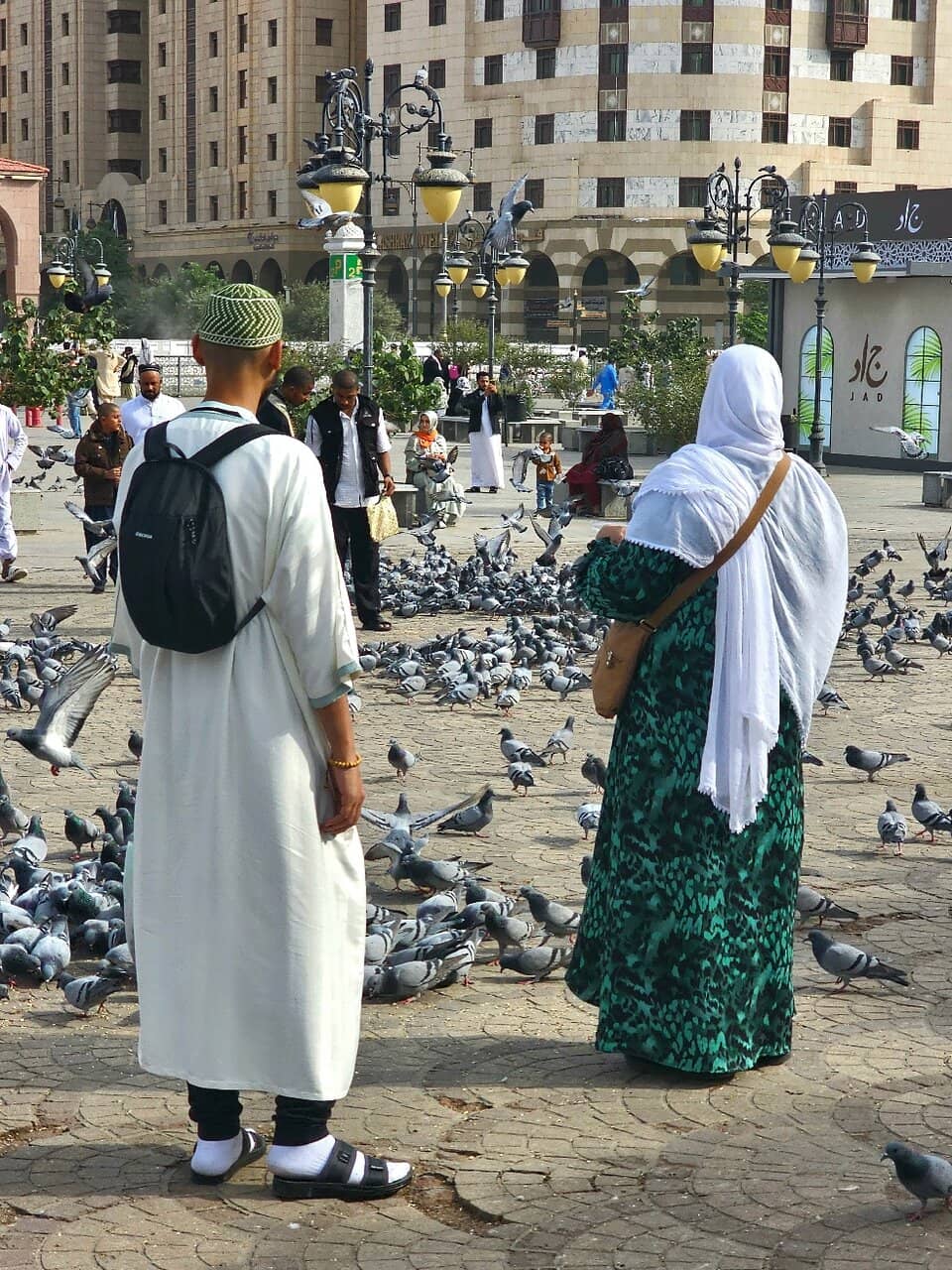
Historical Significance
Exterior and surrounding plaza
This ancient mosque marks the spot where clouds appeared after the Prophet's supplication for rain.
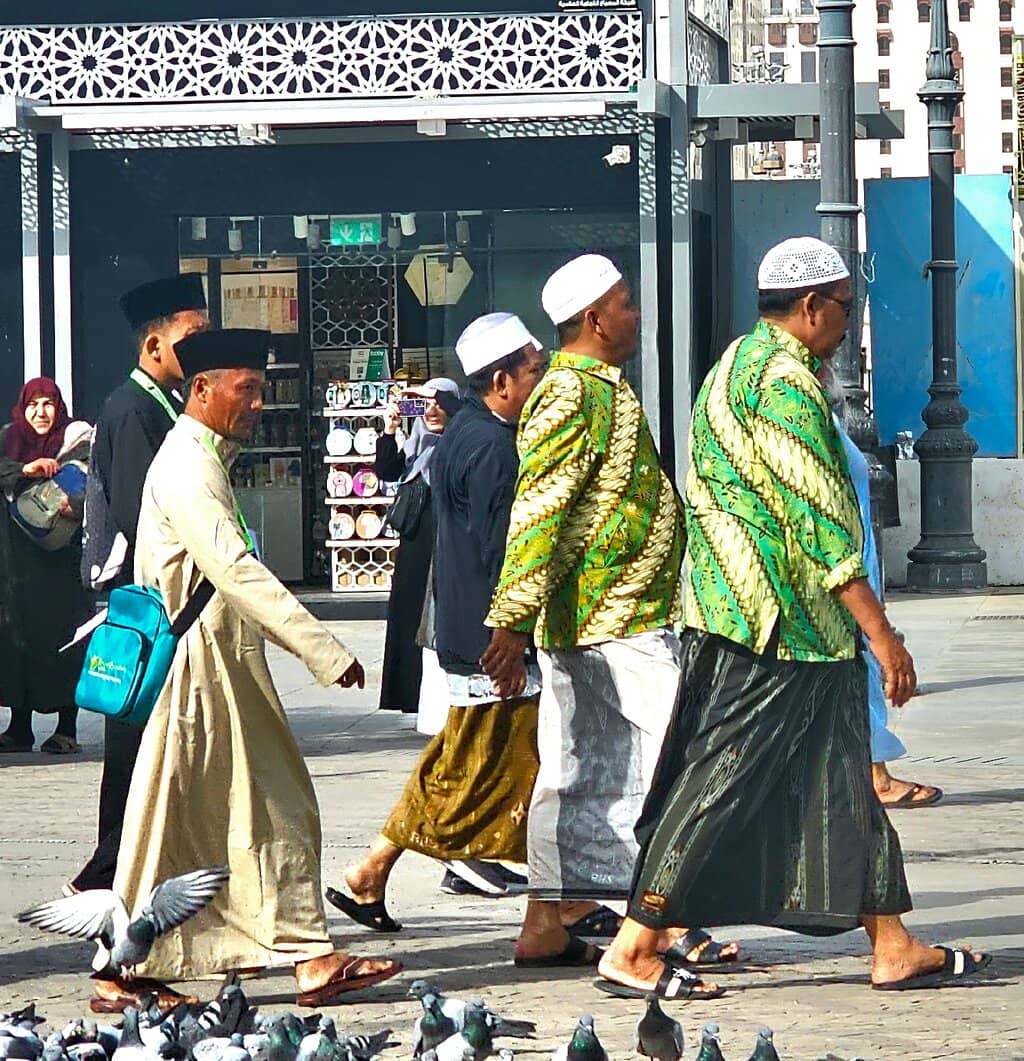
Pigeon Feeding
Courtyard
Join locals and visitors in feeding the numerous pigeons that flock to the mosque's plaza.
Plans like a pro.
Thinks like you
Planning Your Visit
Timing Your Visit
Navigating Nearby Attractions
Best Times
Insider Tips
from TikTok, Instagram & Reddit
🎯 Visit After Sunrise
The mosque is charming after sunrise as sun rays reflect beautifully. :sunriseovermountains:
🐦 Feed the Pigeons
Bring bird seed to feed the many pigeons in the plaza; kids love it! :bird:
📍 Differentiate from Abu Bakr
Al-Ghamama has multiple mid-sized domes; Abu Bakr has one large dome. :compass:
🚶♂️ Stroll the Plaza
The plaza is perfect for a peaceful stroll, especially in the morning or evening. :walking:
Tips
from all over the internet
🎯 Visit After Sunrise
The mosque is charming after sunrise as sun rays reflect beautifully. :sunriseovermountains:
🐦 Feed the Pigeons
Bring bird seed to feed the many pigeons in the plaza; kids love it! :bird:
📍 Differentiate from Abu Bakr
Al-Ghamama has multiple mid-sized domes; Abu Bakr has one large dome. :compass:
🚶♂️ Stroll the Plaza
The plaza is perfect for a peaceful stroll, especially in the morning or evening. :walking:
🛍️ Nearby Shops
Explore small branded shops in the surrounding area for souvenirs and refreshments. :shopping_bags:
What Travellers Say
Reviews Summary
Visitors praise Masjid Al-Ghamama for its historical significance and serene atmosphere, especially in the early morning. The opportunity to feed pigeons in the plaza is a popular, family-friendly activity. While it's a smaller mosque, its connection to the Prophet's prayers makes it a deeply spiritual and memorable site. Some note its proximity to other historical mosques, making it part of a larger historical exploration.
"What a beautiful mosque and hospital reminder of where our Prophet used to pray his Eid prayer.
Try to visit in the morning after fajr, the way the light reflects off the stone and the beautiful green trees surrounding make it perfectly serene and stunning.
Thousands of pigeons to feed so take kids of bird seed and watch them fly.
Beautiful creatures.
Perfect mosque.
Not to be missed"
Ume-IYMAN
"Historical mosque just next to Nabawi mosque, there’s an information board adjacent to the mosque. In the plaza there are many birds flocking around, perfect for strolling around in the morning or evening. Also there are some small branded shops in its surrounding."
Galih D. Putranto
"It's a small mosque near the Zamzam Water Collection Gate, also known as Gate 310 of the Prophet's Mosque (Al Nabawi). It is historically significant as it stands on the same spot where the Prophet ﷺ prayed for rain (Salat al-Istisqa) and offered Eid prayers in 631. The name "Ghamamah" means "cloud," referring to the rain clouds that are said to have appeared following his prayer.
The mosque appears charming after sunrise since the sun's rays fall directly and reflect around it. Thus, I suggest visiting after Fazr prayer or after visiting Jannatul Baqi. Hundreds of pigeons roam throughout the yard, and many people enjoy feeding them.
Masjid Abu Bakr is very close to it. Many individuals get confused, and the simplest way to differentiate is that Al Ghamamah has multiple mid-sized domes, whereas Abu Bakar only has one large dome."
Mehedi Farazi
What People Like
What People Dislike
Frequently Asked Questions
🚇 🗺️ Getting There
Masjid Al-Ghamama is located just a few steps from Masjid an-Nabawi, making it easily accessible on foot. It's situated near the Zamzam Water Collection Gate (Gate 310).
While there isn't direct public transport to the mosque itself, its proximity to Masjid an-Nabawi means you can utilize the extensive public transport network serving the Grand Mosque to reach the general area.
Yes, Masjid Al-Ghamama is within walking distance of other significant historical mosques like Masjid Abu Bakr and Masjid Ali Ibn Abi Talib, allowing for a convenient exploration of these sites.
The most common approach is from the south-western flank of the Prophet's Mosque. It's a short and pleasant walk.
Parking can be challenging due to its central location near Masjid an-Nabawi. It's advisable to use public transport or taxis to get close and then walk.
🎫 🎫 Tickets & Entry
No, entry to Masjid Al-Ghamama is free of charge. It is an active place of worship and a historical site open to all visitors.
As an active mosque, it is generally open for prayer throughout the day and night. However, for sightseeing, visiting after Fajr prayer or in the evening after Taraweeh is recommended.
There is no admission fee to visit Masjid Al-Ghamama. It's a historical mosque open for prayer and reflection.
As with all mosques, modest dress is required. This includes covering shoulders and knees. Women should also cover their hair.
Yes, visiting during Ramadan is a special experience. The area around the mosque is often lively after Taraweeh prayers, with shops and seating areas available.
🎫 🕌 Onsite Experience
Masjid Al-Ghamama is historically significant as the site where Prophet Muhammad (PBUH) performed the Eid prayer and prayed for rain, which then appeared as clouds ('Ghamama').
Its unique aspect lies in its historical connection to the Prophet's supplication for rain and its architectural style, featuring multiple mid-sized domes.
While it's a historical mosque, the surrounding plaza offers seating areas and nearby shops for refreshments.
Crowds can vary. Mornings after Fajr are generally less crowded, offering a more peaceful experience. Evenings, especially after Taraweeh, can be busier.
Nearby historical mosques include Masjid Abu Bakr Al-Siddiq and Masjid Ali Ibn Abi Talib, all within walking distance.
📸 📸 Photography
Photography inside active prayer areas of mosques is generally discouraged out of respect. It's best to focus on exterior shots and the surrounding plaza.
The early morning after sunrise offers beautiful lighting for exterior shots, highlighting the stone and architecture.
Capture the unique multi-domed architecture and the lively pigeon population in the plaza for interesting photos.
Drone usage is typically restricted in and around religious sites and cities in Saudi Arabia. It's advisable to check local regulations before attempting to fly a drone.
Photos often feature the mosque's exterior, the surrounding plaza with pigeons, and its proximity to Masjid an-Nabawi.
For Different Travelers
Tailored advice for your travel style
👨👩👧 Families with Kids
Its close proximity to Masjid an-Nabawi means families can easily incorporate a visit without extensive travel. The surrounding area also has shops for quick snacks or drinks, making it convenient for families on the go. Remember to dress modestly and be mindful of prayer times to ensure a respectful visit for everyone.
🚶♂️ History Enthusiasts
Combine your visit with nearby historical mosques like Masjid Abu Bakr and Masjid Ali Ibn Abi Talib to create a walking tour of Medina's early Islamic landmarks. An information board near the mosque often provides further historical context, enriching the visitor's understanding of its significance.
Deep Dives
In-depth insights and expert knowledge
The Historical Significance of Masjid Al-Ghamama
The mosque has undergone several renovations and expansions throughout history. It was initially built during the reign of Caliph Umar bin Abdul Aziz and has seen further enhancements by various rulers and sultans, including Sultan Hasan bin Muhammad bin Qalawan Ash-Shalihi and Sultan Abd-ul-Mejid I. The most recent renovations were carried out by the Saudi government, ensuring its preservation for future generations.
Today, Masjid Al-Ghamama stands as a testament to Medina's rich Islamic heritage. While it is a place of worship, its historical narrative draws many visitors who seek to connect with the events that transpired on this sacred ground. Its proximity to the Prophet's Mosque further enhances its appeal, making it a key stop for pilgrims and history enthusiasts alike.
Architectural Features and Nearby Sites
The mosque is situated in a vibrant plaza that is a hub of activity. This area is known for the large number of pigeons that congregate there, providing a unique opportunity for visitors, especially children, to feed them. The plaza also offers seating areas and is surrounded by small shops selling refreshments and souvenirs, making it a pleasant place to relax after prayers or exploration.
Its location is also significant due to its proximity to other important historical mosques in Medina. Just a short walk away are Masjid Abu Bakr Al-Siddiq and Masjid Ali Ibn Abi Talib, both of which have their own historical narratives tied to the early days of Islam. Visiting these sites together offers a comprehensive glimpse into the early Islamic history of Medina.
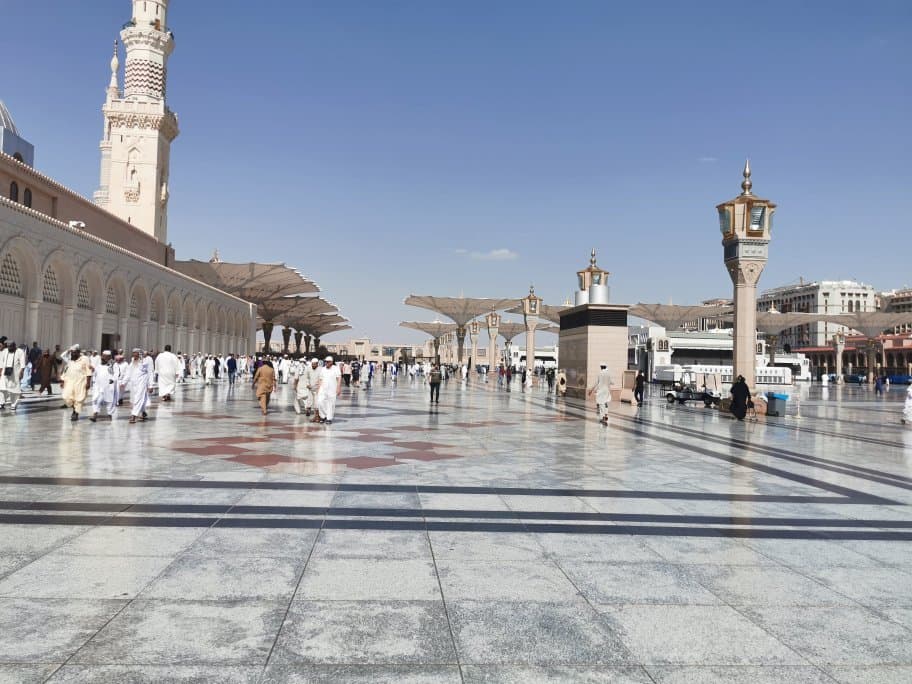

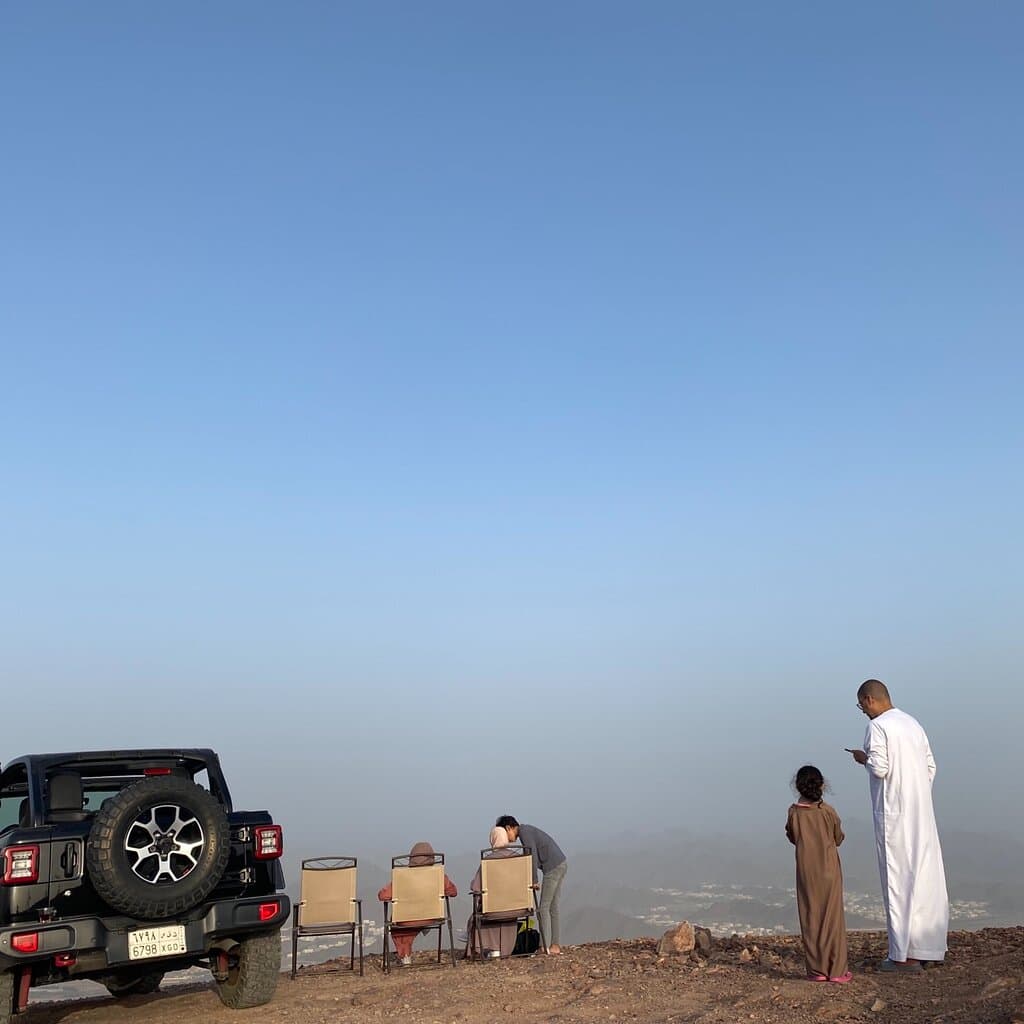
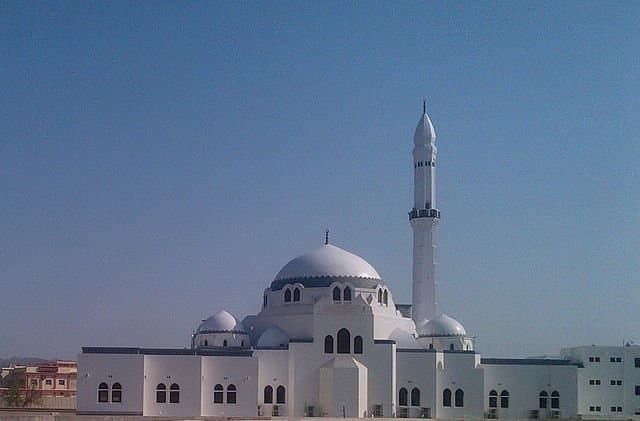
Social
from TikTok, Instagram & Reddit